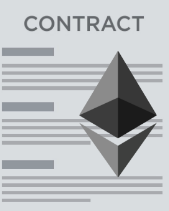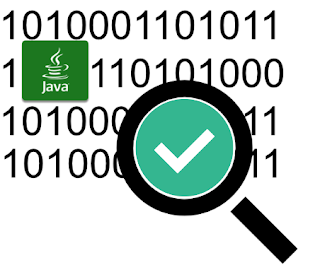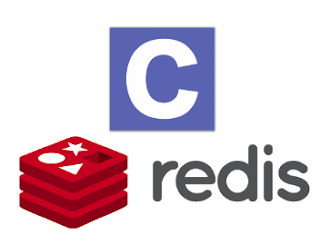Why do you need Kubernetes in your next project?

The cloud is not the end, but the beginning. Starting a quick journey to the cloud brings benefits to your business. However, to get more benefits and reduce costs it is necessary to adopt a cloud-native mindset, which means going beyond, using the maximum value of cloud computing. Kubernetes , a system designed by Google and maintained by the Cloud Native Computing Foundation , for example, is much more than a container orchestration solution. Many experts consider Kubernetes the new Linux since much evolution is to happen in this system. Nowadays all organizations use Linux, but not all organizations use Kubernetes. Possibly we will reach the point where all companies will start using kubernetes, just as they use Linux today. You must be imagining technical reasons for using Kubernetes. They exist and there are many, however, there are also very relevant business reasons regarding the use of this system. Keeping Innovation Flowing It is increasingly important to innovate wi...























